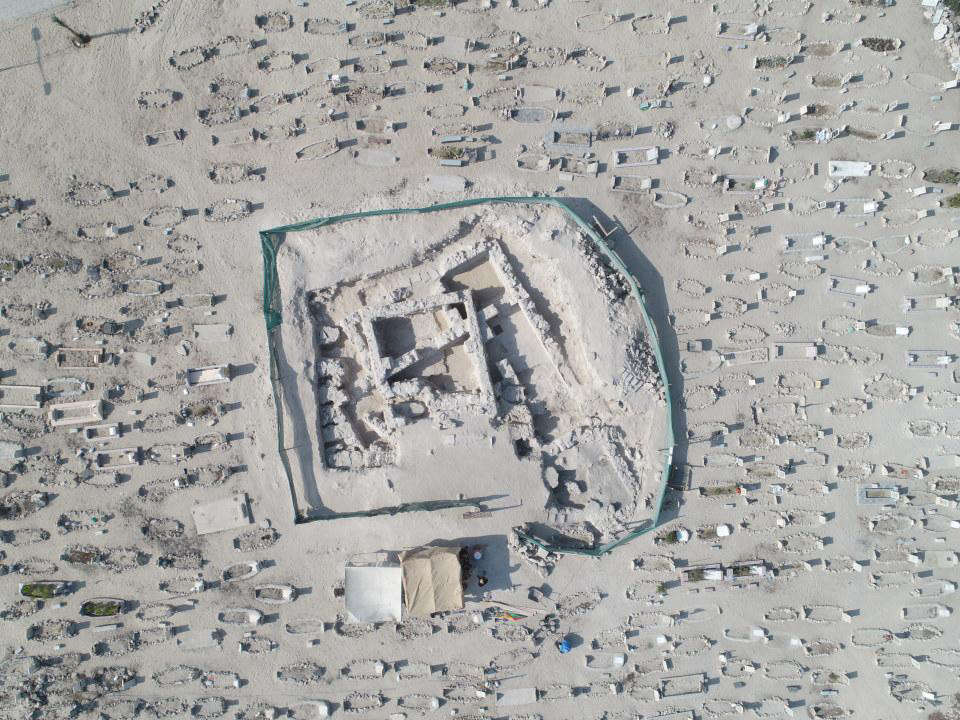
Bahraini and British archaeologists have unearthed what is believed to be one of the oldest Christian structures in the Arabian Gulf.
Bahraini and British archaeologists have unearthed what is believed to be one of the oldest Christian structures in the Arabian Gulf.
The discovery, located in Samahij, Muharraq, provides the first material evidence of this ancient community. While Christianity is not predominantly associated with the Gulf states today, the Church of the East, also known as the Nestorian Church, flourished in the region for centuries until the 7th century CE, coinciding with the widespread Islam amongst the communities in 610 CE.
Radiocarbon dating of the Samahij site confirms the building was occupied between the mid-4th and mid-8th centuries CE, likely abandoned as Islam spread among the local population.
The excavation project was a collaborative effort between the Bahrain Authority for Culture and Antiquities (Baca) and a British team led by Professor Timothy Insoll of the Institute of Arab and Islamic Studies at Exeter University, UK, and Dr. Salman Al Mahari of Baca. It began in 2019 and culminated in these significant findings in 2023.
Notable finds include three plaster crosses, two adorning the building's exterior and one possibly kept as a personal memento, along with wall carvings featuring a fish symbol and part of the "Chi Rho" symbol (representing the word Christ).
The excavation also revealed details about the building and its inhabitants' lives. Constructed with stone walls coated in plaster and plaster floors, the building featured sockets and holes indicating door and seat placements. The kitchen contained built-in ovens with bases and storage areas. Artifacts suggest the inhabitants enjoyed consuming meat, fish, shellfish, and various crops. The discovery of semi-precious agate beads and broken Indian pottery indicates the occupants were involved in trade, particularly with India. Small drinking glasses and 12 copper coins suggest the use of Sasanian Empire currency. Additionally, spindle whorls and copper needles hint at the possibility of cloth production for religious purposes.
Dr Salman explained that the excavation is in its final stages and emphasised the site's importance for Bahraini history.


 BIC stands gone
BIC stands gone
 A memorable cause
A memorable cause
 Chappell Roan’s Call for Change Sparks Industry-Wide Support for Artists’ Mental Health
Chappell Roan’s Call for Change Sparks Industry-Wide Support for Artists’ Mental Health















